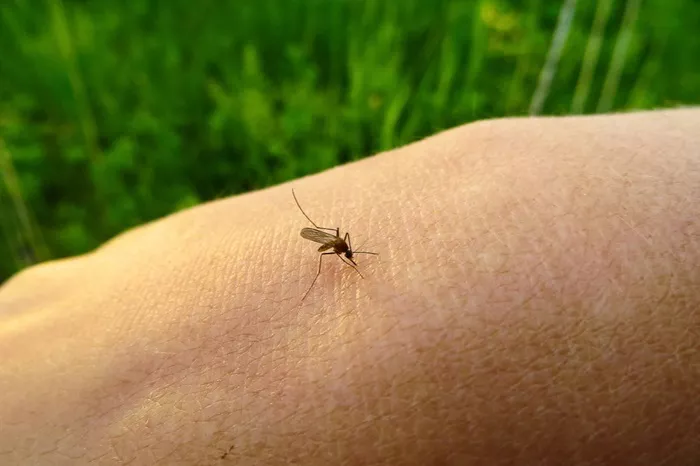Health officials in Northeastern states are increasingly alarmed by the rise of mosquito-borne illnesses, particularly eastern equine encephalitis (EEE), also known as “triple E.” This rare yet serious disease, transmitted through the bite of infected mosquitoes, poses significant health risks to both humans and animals, including horses and birds.
Rising Threat of Triple E
EEE is not transmitted from person to person but is a concern due to its potential to cause severe illness or death. According to the Centers for Disease Control and Prevention (CDC), approximately one in three individuals who contract the virus and develop severe symptoms succumb to the illness. Survivors often face long-term physical and cognitive impairments. Common symptoms include fever, headache, vomiting, and drowsiness, with encephalitis representing a serious complication involving inflammation of the brain.
So far in 2024, eight states—Massachusetts, New Hampshire, New Jersey, New York, North Carolina, Rhode Island, Vermont, and Wisconsin—have reported a total of 16 human cases of EEE. Other states, like Maine, have detected the virus in animals, with the disease identified in two emus and one wild bird this year.
Recent Developments
Massachusetts has intensified its mosquito control efforts after a man in his 80s contracted the virus, marking the state’s first outbreak since 2020, which resulted in 17 confirmed cases and seven fatalities. In New Hampshire, health officials reported the state’s first EEE death this year, along with five confirmed human cases and instances of the virus in one horse and several mosquito samples. This represents the first human infection in New Hampshire in a decade.
In New York, where the first human case and death since 2015 occurred in Ulster County, Governor Kathy Hochul declared an imminent threat to public health. The state has implemented measures to combat the virus, including mosquito spraying and distributing insect repellent at state parks and campgrounds. Authorities are also raising awareness through signage and social media campaigns to educate the public about preventive actions.
Monitoring and Preventive Measures
Bryon Backenson, an epidemiologist with the New York State Department of Health, noted that while EEE does not spread from horses to humans, monitoring equine cases is crucial for assessing the virus’s prevalence in specific areas. This year, New York has reported 20 EEE cases in horses, a record high for the state.
Philip Armstrong, chief scientist at the Center for Vector Biology & Zoonotic Diseases in Connecticut, emphasized the importance of vigilance, despite Connecticut currently not having any reported human cases. “This is definitely one of the more active years,” he remarked, highlighting that outbreaks tend to occur every four to five years.
Climate Change and Vector-Borne Diseases
Experts warn that climate change is exacerbating the risk of vector-borne diseases like EEE. Increased rainfall and warmer temperatures create ideal conditions for mosquito populations to thrive. Dr. Erin Staples, a physician and medical epidemiologist at the CDC, noted that the U.S. typically sees an average of seven EEE cases annually, with a peak of 38 cases recorded in 2019.
Sen Pei, an environmental health sciences professor at Columbia University, pointed out that rising temperatures and climate-related disasters, such as hurricanes, could significantly alter living conditions and contribute to the spread of vector-borne diseases. He emphasized the need for ongoing monitoring in the wake of such disasters.
Conclusion
With EEE and other mosquito-borne diseases on the rise, state health officials are urging residents to take preventive measures, including using insect repellent, wearing protective clothing, and avoiding outdoor activities during peak mosquito hours. The evolving landscape of these diseases calls for increased awareness and proactive measures to safeguard public health as climate change continues to impact disease transmission patterns.
Related Topics
Thyme: A Closer Look at Its Potential Health Benefits
The Connection Between Vitamin Deficiencies and Hair Loss
The Critical Role of Vitamin B1: Unveiling Its Journey and Implications for Health


































